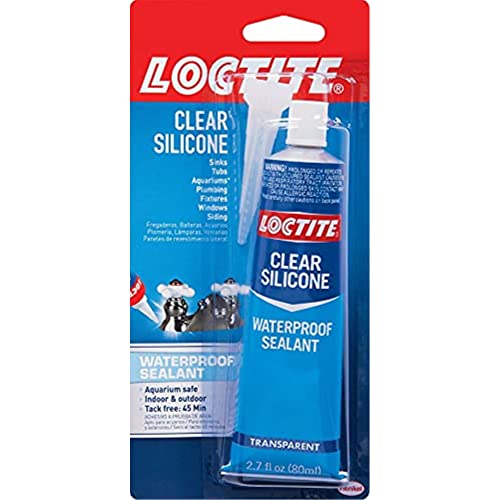Are you planning to mount a winch on your vehicle, and do you want to know the different ways that you can mount it? You’ve come to the right place, for we have researched this question, and we have the answer for you.
How to mount a winch depends on the mounting orientation. The owner’s manual of a winch includes details on the mounting orientation. Some winches can only be mounted with the feet forward, while others might require the feet to be mounted downward. Foot-forward winches use a forward mounting plate to secure the winch, while a foot-down winch use mounting bolts or welds to secure it in place.
Let’s talk more about mounting your winch safely in the succeeding sections. Learn more about how to mount your winch in the sections below.
Read on!
What are the different ways to install a winch?
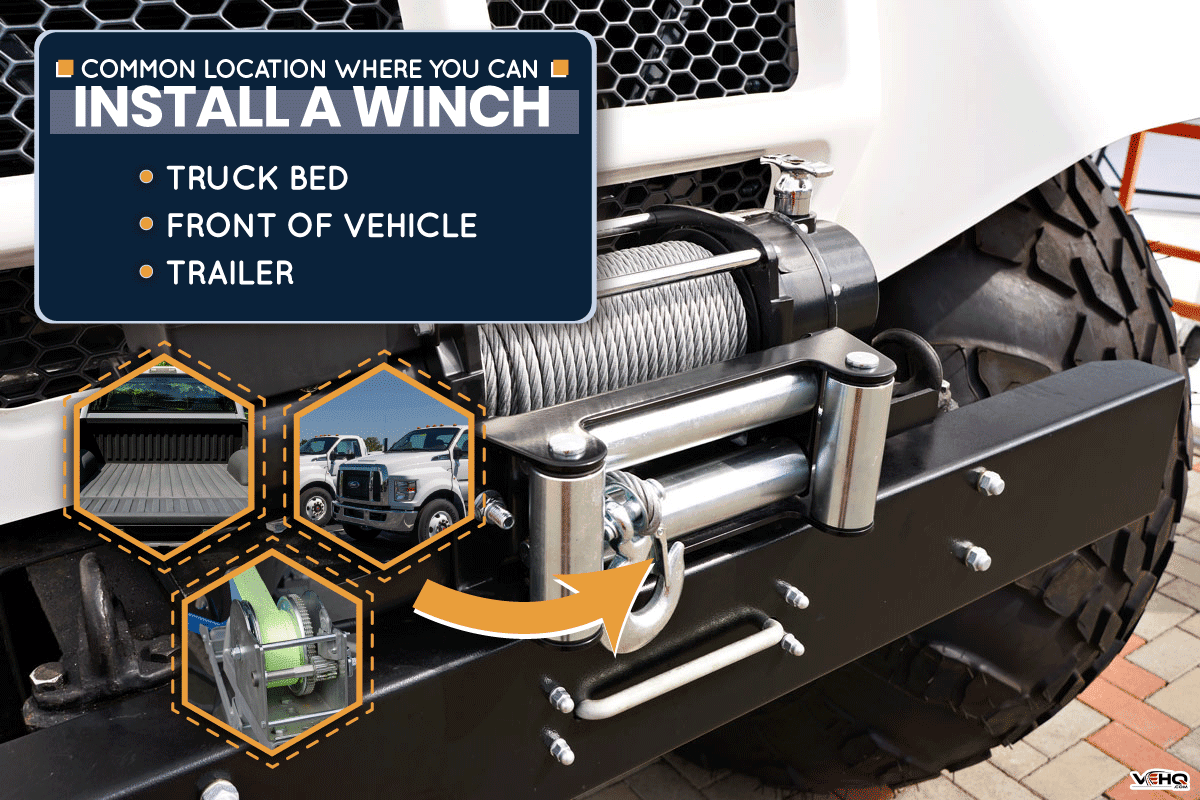
Winches are powerful tools that can extend the functionality of your truck, SUV, trailer, or ATV. However, they are only as effective as where and how you install them.
Here are the common locations where you can install a winch.
Truck Bed
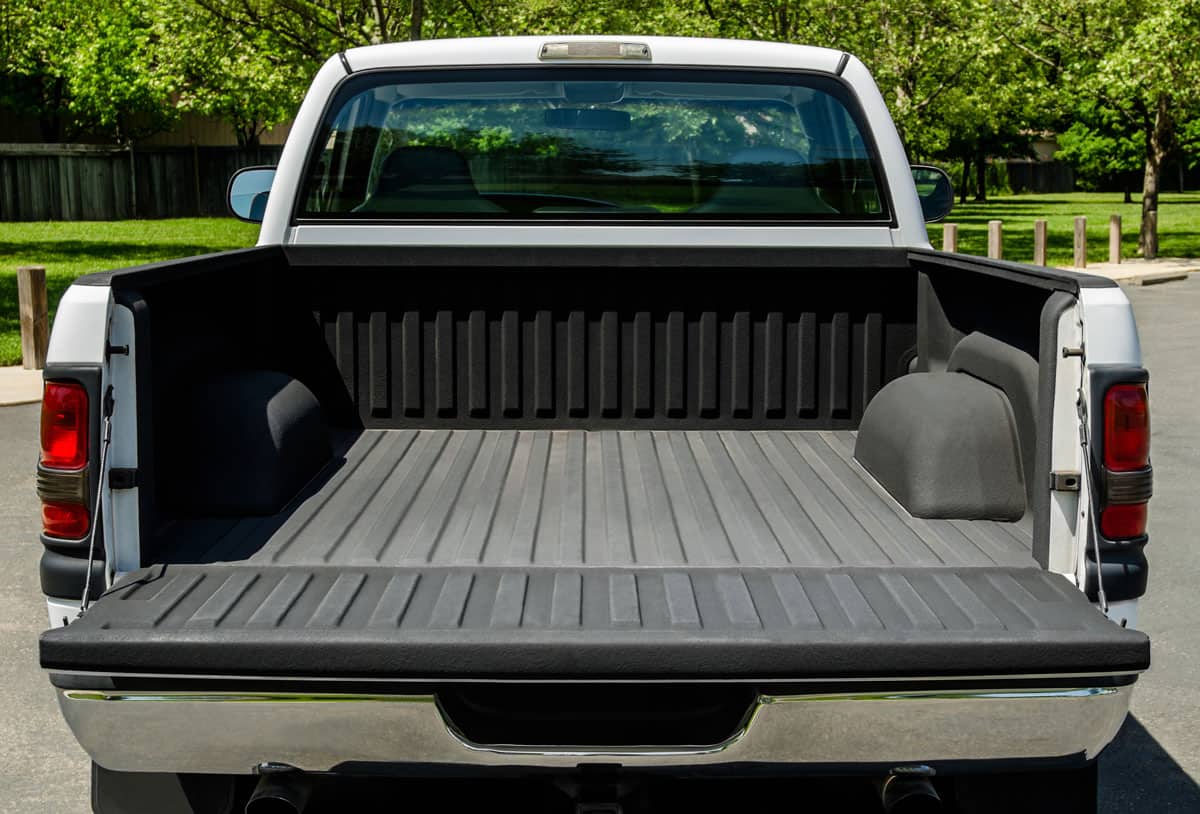
Installing your winch on the truck bed provides you with advantages that are unique to its installation location.
A winch on your truck bed provides leverage from the back of the truck. You can set up the winch to pull cargo into the bed of the truck, allowing it to literally do the heavy lifting for you.
A winch on the bed of your truck allows it to pull cargo into the bed of a truck where they need to be during transport.
You can pull a heavy or compromised vehicle out of a dangerous situation and avoid falling into the same situation. The truck can move forward more easily and pull from the back than move backward and pull from the front with a winch.
You can also use the winch to pull your vehicle out once it gets stuck. Driving off-road can get your truck into a situation where it can no longer move forward because of terrain conditions. You can use a rear-facing winch like the one you mount on the truck bed to pull you back to safer terrain.
Front Of Vehicle
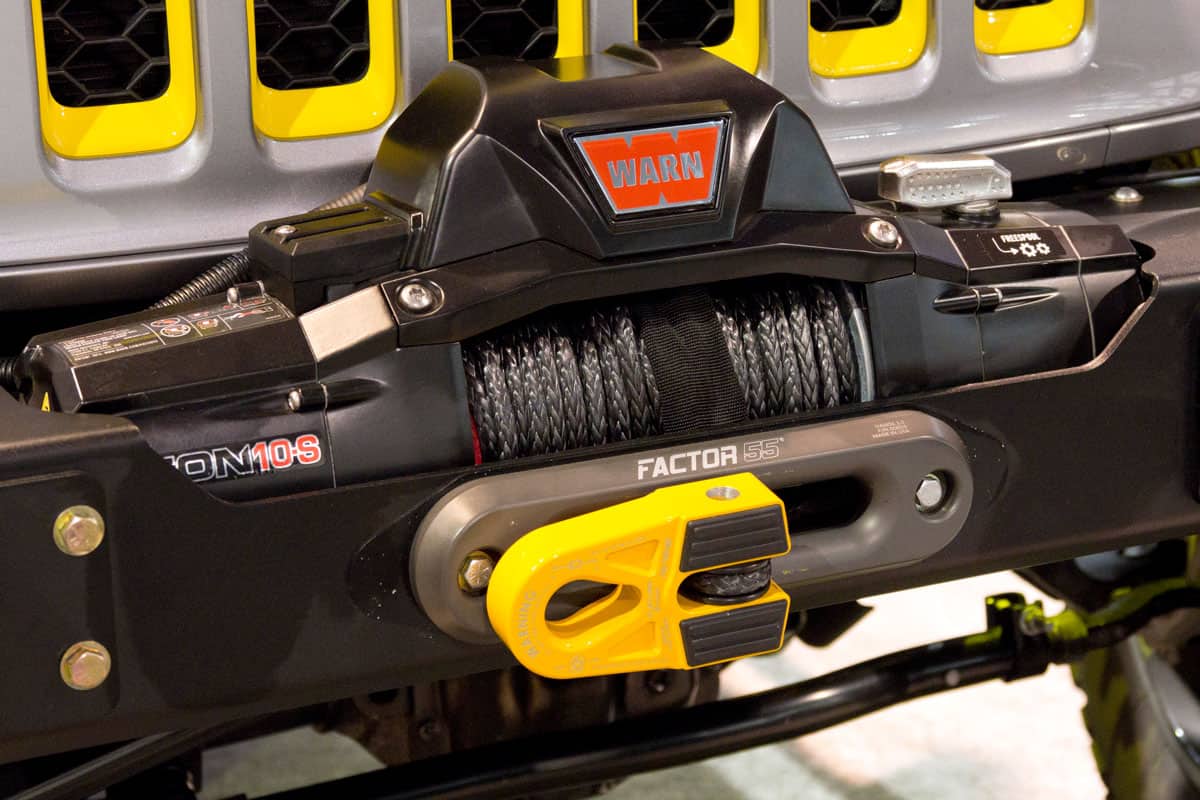
The biggest advantage of a winch in front of your vehicle is easy to access and maintenance. It is closer for you to access when you get off the truck, which means you can operate it faster and get the job done quicker.
You can easily monitor a winch in front of your vehicle, which is a unique advantage of a front winch. You can see the progress of your task while maintaining control of your truck. This makes it easy for a single person to operate the truck and the winch.
Trailer
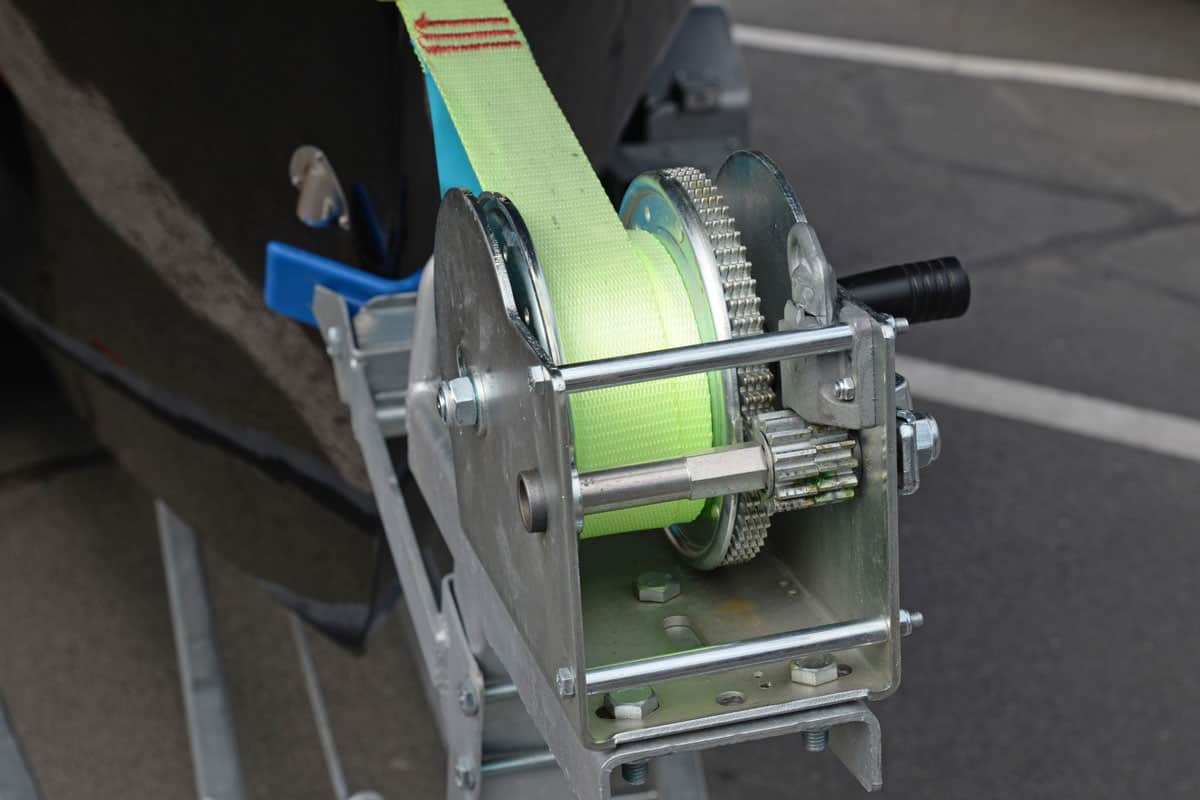
Trailer winches are extremely useful for pulling cargo straight into your trailer. This will save you a lot of work to get the heavy cargo on your trailer.
A winch on a boat trailer, for example, will make preparing your boat for travel much simpler.
The advantages of a trailer winch are similar to a truck bed winch but the amount of work it can do is greater by virtue of where you install it.
You’d normally use a trailer to haul cargo that no longer fit into the bed of your truck. Thus, a winch on your trailer will be able to provide leverage for moving cargo that is larger, heavier, or both than what you can normally load on the bed of your truck.
Winch Mounting Options
A winch has four different mounting configurations. We have two in the section above, plus two more here.
The third mounting configuration allows you to choose where you’d like to mount the winch using a foot forward configuration or a foot down.
The fourth mounting configuration makes use of a foot forward and a foot down mounting configuration.
These winches usually have four mounting bolts—two to mount it forward and another two to mount it downward. You cannot mount this type as a foot forward winch only or a foot down winch only. You need to mount it in both directions.
How to mount a winch?
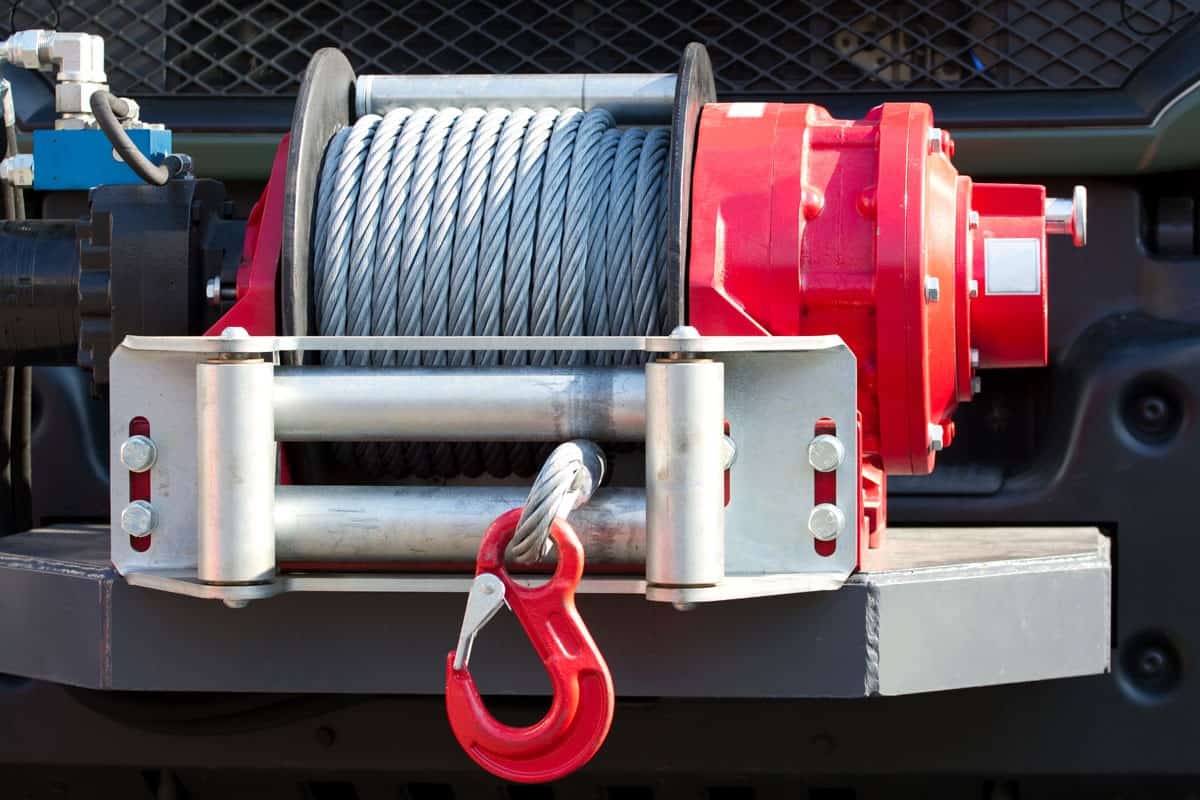
Follow the steps below to install a winch on your vehicle.
Preparing Your Vehicle
- Park your vehicle on level ground with enough lighting.
- Activate the parking brakes.
- Set the transmission of your vehicle to Park(P) if it has an automatic transmission or set it to first gear if it has a manual transmission.
- Check the bumper or bull bar for a mounting cradle that your winch can use.
-
- You have two options if your bumper or bull bar doesn’t have a mounting cradle.
- First, have someone modify your existing bumper or bull bar to accommodate the winch installation.
- Second, replace the bumper or the bull bar with one that has a mounting cradle.
- If you’re installing the winch on your truck bed, ensure that you have an area ready for the mounting plate.
Preparing And Mounting The Winch
- Install all nuts into the winch cavity to reinforce the winch for installation. Not all winch models need this.
- Mark the installation area of the mounting plate. The mounting plate is specially made for the vehicle that you have. If your vehicle did not come with one, you will need to get one separately.
-
- When picking a mounting plate, it must be sturdy enough to secure the winch when it is actively pulling heavy cargo up to its capacity.
- Drill holes for installing the mounting plate. Make sure that you will not hit any electrical lines before you start drilling holes.
- Position the mounting plate and prepare the washers. Match the mounting plate with the type of winch that you will install.
-
- When you install the winch on a truck bed, you have the option to install a separate bracket that will hold the winch in place. You can use angle irons for the bracket.
- Install the bracket under the bed’s frame using bolts or welds.
- Drill holes on the bracket that corresponds with the winch’s installation position.
- Secure the nuts and bolts to hold the winch in place. Galvanized bolts are resistant to rust.
Hillman galvanized hex bolt is available on Amazon through this link.
Wiring The Winch
- Feed the wires of the winch to the engine compartment. If the wires are not long enough, connect wires that will extend the length of the wires.
-
- If you have an auxiliary battery that the winch will use, make sure that the cables will reach the position of the auxiliary battery.
- Connect the positive cable from the winch to the positive terminal on the battery.
- Connect the negative cable from the winch to the negative terminal on the battery.
TOPSTRONGGEAR 4 Gauge Wire is available on Amazon through this link.
How to install an auxiliary battery?
- Pick a location for the auxiliary battery.
- Install the battery box using bolts into your chosen area.
- If the battery box doesn’t have a hole for the battery vent, drill a hole with a diameter of an eighth of an inch.
- Drill a hole in the floor of the vehicle close to the battery box.
- Connect a vent hose from the vent hole of the box to the hole on the floor.
- Use silicone sealant to seal the vent hole on the box and on the floor.
- Install the auxiliary battery inside the box and secure it.
- Connect a cable from the negative terminal of the main battery to the negative terminal of the auxiliary battery.
- Connect a cable from the positive terminal of the main battery to the positive terminal of the auxiliary battery.
Newport Vessels Smart Battery Box is available on Amazon through this link.
Henkel clear silicone waterproof sealant is available on Amazon through this link.
Post Installation
- Wear protective gloves and eye protection before proceeding.
- Disengage the winch clutch. This will allow the drum to freely unwind.
- Unwound the cable of the winch and leave only around 7 wraps on the drum.
- Pull the line from the winch. Make sure that you stretch the cable straight from the winch. Any angle that the cable makes with the winch can affect the pre-tensioning of the cable.
- Hook the end of the cable to a solid object like a tree or a sturdy post.
-
- Before you hook the cable to a tree, place several planks of wood around the trunk of the tree. The planks will protect the tree trunk from damage.
- Start the engine of your vehicle and keep it running. This will ensure that the battery will not lose too much of its charge during the pre-tensioning.
- Move your vehicle slightly back if the distance between the tree or post and your vehicle is not enough.
- Lock the winch clutch.
- Activate the parking brake with a couple of clicks.
- Start the winch. You’re looking for 500 to 1,000 pounds of force on the winch cable. Let the winch pull your vehicle.
-
- Guide the cable of the winch as it winds across the drum.
- Keep your hands away from the fairlead when guiding the cable.
- The fairlead is the device that guides the cable of the winch.
Conclusion
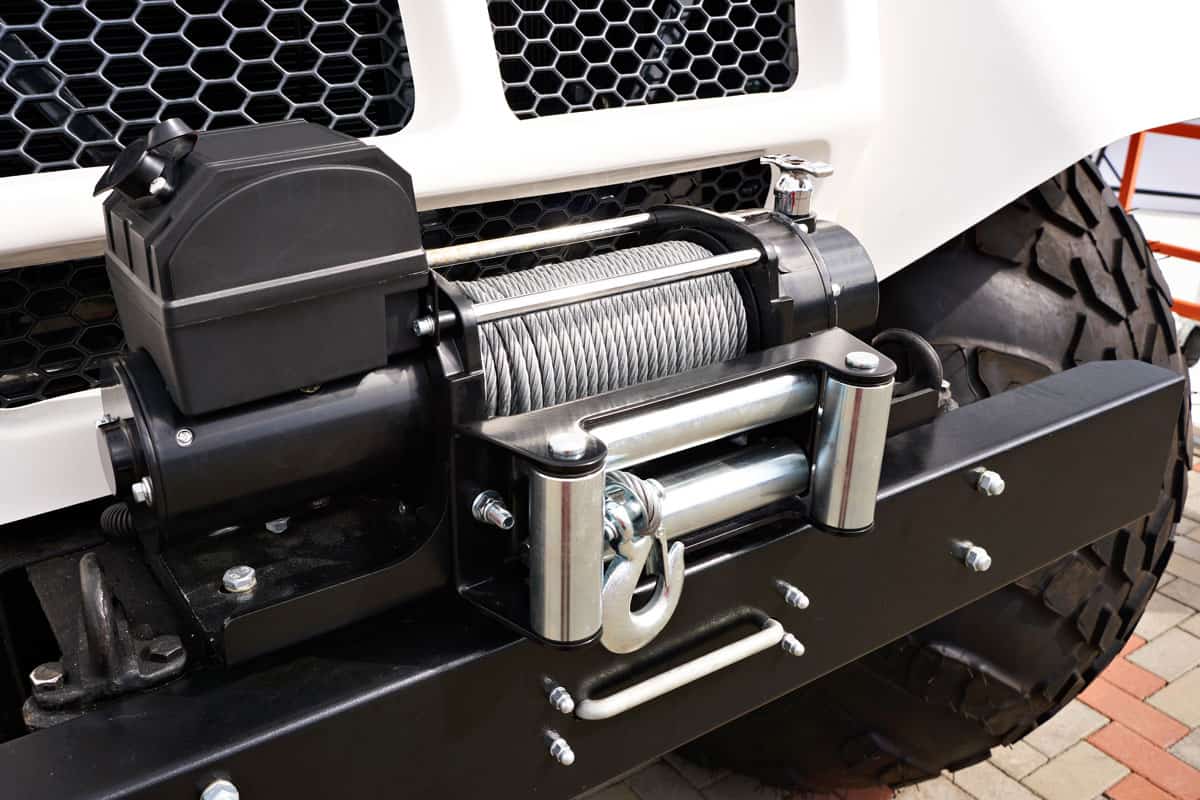
There are several ways to mount a winch. Pick a winch mounting method and location that applies to the purpose of the winch that you will install.
If you enjoyed reading this article, you might find the articles below equally enjoyable to read:




